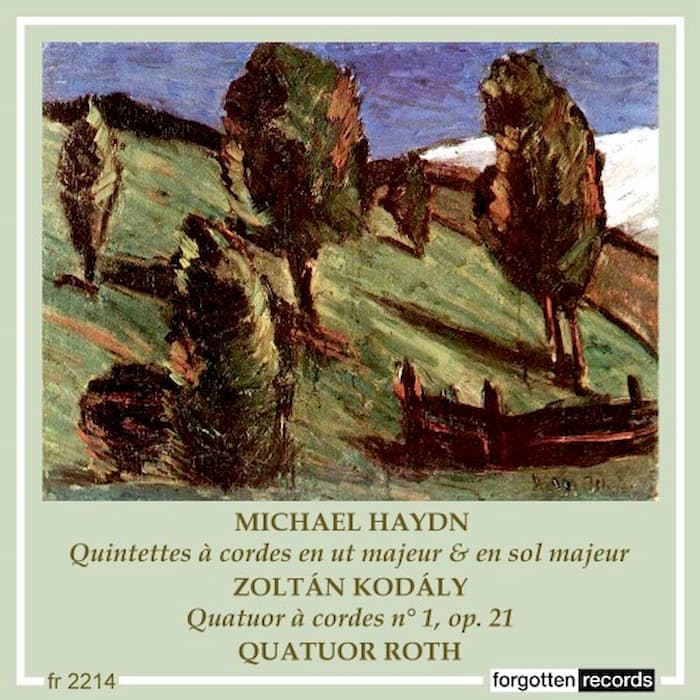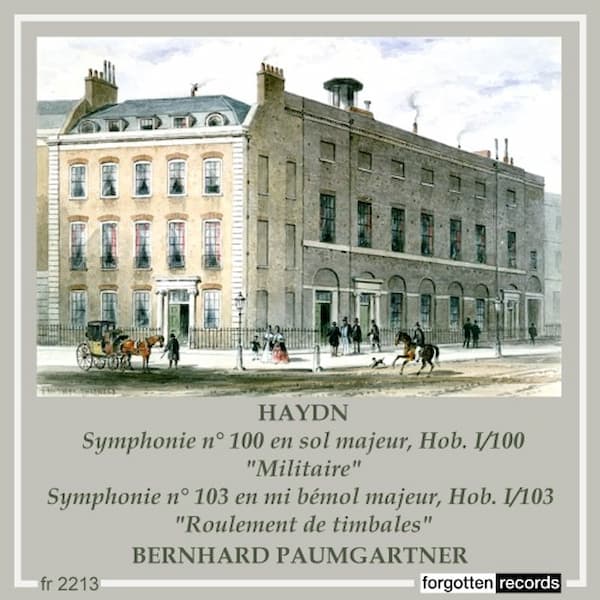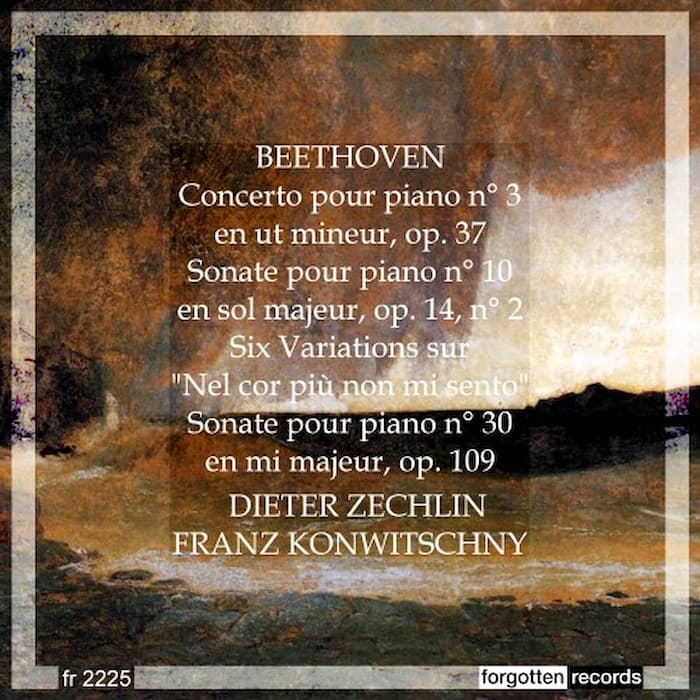Édouard-Victoire-Antoine Lalo (1823 –1892) started his musical career as a viola and violinist, studying at the Paris Conservatoire with François Antoine Habeneck, who had founded and led the Orchestre de la Société des Concerts du Conservatoire from 1828. After graduation, Lalo taught strings in Paris and founded the Armingaud Quartet, in which he first played viola then second violin.
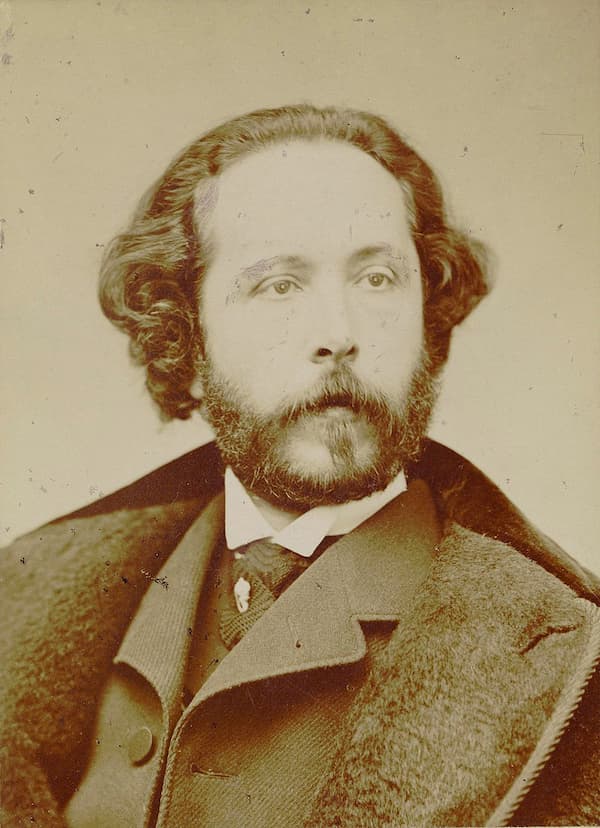
Pierre Petit: Édouard Lalo, ca 1865 (Gallica: btv1b8421663h)
His marriage in 1865 to contralto Julie Besnier de Maligny, led to his interest in writing operas and other works for the stage, most notably, Le Roi d’Ys. The opera had its premiere at the Opéra-Comique in the Salle du Châtelet in Paris in 1888.
The story, taken from old Breton legend, tells of Margared, daughter of Gradlon, the King of Ys. As part of a peace treaty, she’s engaged to Prince Karnac but she tells her sister Rozenn that she really loved Mylio, who sailed from Ys some years ago. In the middle of her wedding ceremony to Karnac, she hears that Mylio has returned and refuses to marry Karnac, who vows revenge at the humiliation.
Mylio, unfortunately, loves Rozenn, not Margared, and persuades Gradlon to grant him Rozenn’s hand in marriage. Jealous, Margared joins forces with Karnac to wreak their joint vengeance.
During Rozenn and Mylios’s wedding ceremony, Karnac, with the help of Margared, opens the sluice gates that protect the city of Ys from flooding and dooms the city. Mylio kills Karnac but it’s too late. Half the city’s population drowns as the waves overcome the city. Filled with remorse, Margared throws herself into the ocean as a sacrifice and the patron saint of the city, St Cornentin, calms the waves and saves the city.
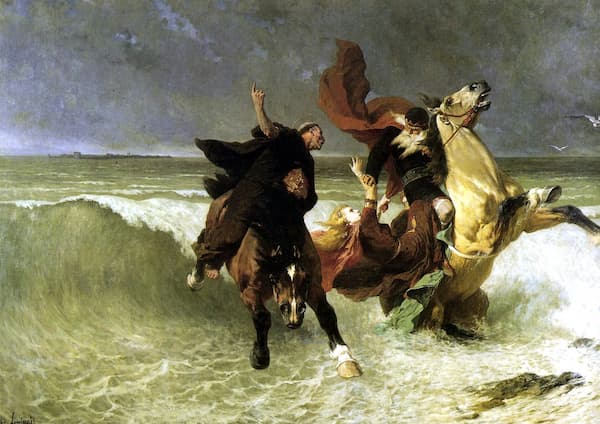
Évariste Vital Luminais: Flight of King Gradlon (the King of Ys), 1884 (Musée des beaux-arts de Quimper)
The overture sets the scene for the tale of mistaken love, jealousy, and treachery and remains one of the most popular parts of the opera that still remains in repertoire.
Lalo’s operas were interesting and original but were criticised for being too progressive and for being ‘too Wagnerian’ in style. Although his stage works were popular during his life, they quickly fell out of repertoire. Lalo eventually turned towards chamber music and symphonic music for his repertoire. His Symphonie Espagnole remains in performance, as does his Cello Concerto in D minor.
Édouard Lalo: Le Roi d’Ys Overture
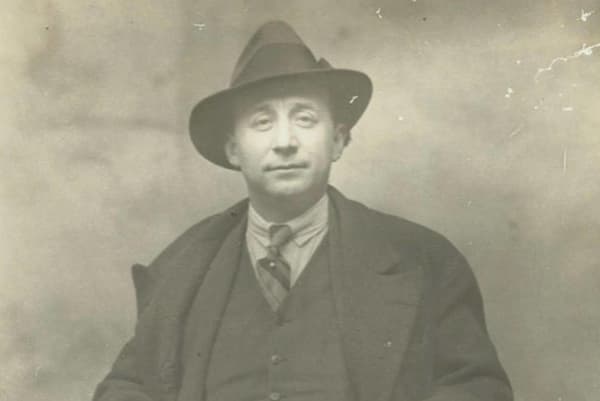
Piero Coppola
This recording was made in 1930 with the London Symphony Orchestra, conducted by Pierro Coppola. Italian composer and conductor Coppola studied in Milan and conducted at La Scala. Hearing Debussy conduct in 1911 made him a life-long fan of Debussy and Ravel, and French music was how he made his name. Between 1923 and 1934, he was the artistic director of La Voix de son Maître, the French branch of The Gramophone Company.
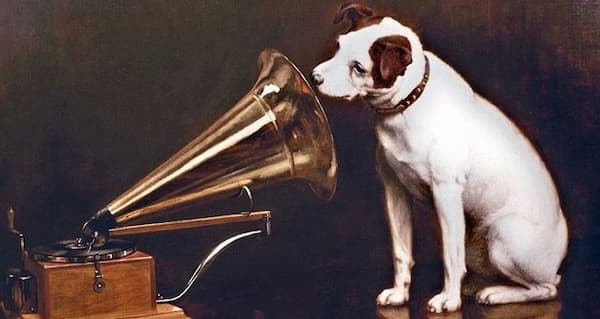
La Voix de son Maître, and the dog Nipper
At La Voix de son Maître , he conducted the first recordings in the 1920s and 1930s of Debussy’s and Ravel’s works, including La mer and Boléro.

Performed by
Piero Coppola
London Symphony Orchestra
Recorded in 1930
Official Website
For more of the best in classical music, sign up for our E-Newsletter

